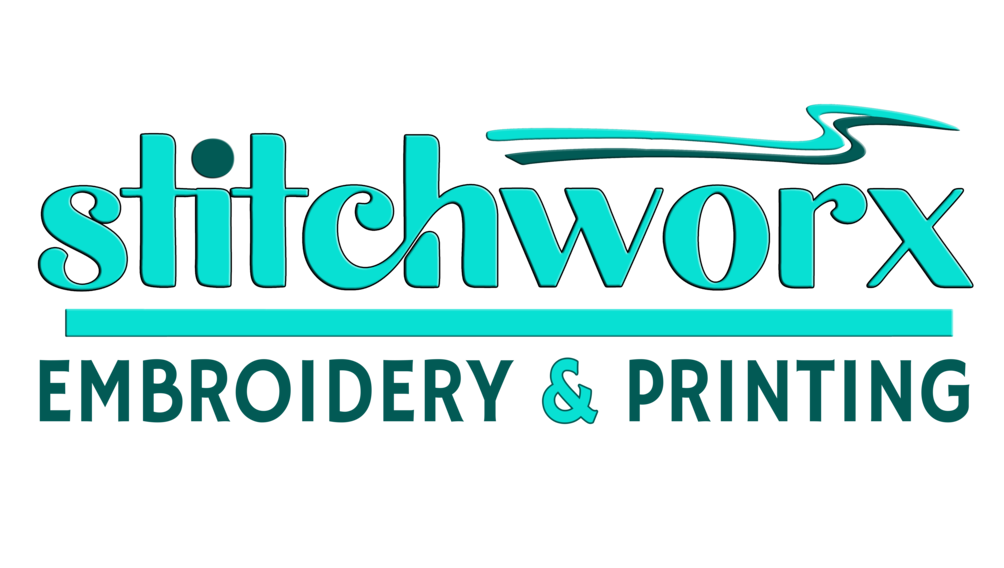Custom embroidery is a fantastic way to personalize clothing, accessories, and home decor items. Whether you are a beginner or looking to refine your skills, this guide will walk you through the essential steps of custom embroidery. We will cover everything from selecting materials to mastering techniques. Let us get started!
What You Need for Custom Embroidery
Before you begin, gather the following materials:
- Embroidery Hoop: A must-have tool to keep your fabric taut.
- Needles: Use embroidery needles with a larger eye to accommodate embroidery floss.
- Embroidery Floss: Available in various colors, embroidery floss is the thread used in embroidery.
- Fabric: Choose a fabric that is easy to embroider, like cotton or linen.
- Embroidery Patterns: Use pre-made patterns or create your own designs.
- Scissors: Small, sharp scissors are ideal for cutting threads.
Getting Started with Custom Embroidery
- Choose Your Design:
- Selecting the right design is crucial. For beginners, simple patterns with fewer details are easier to manage.
- Search for high-quality embroidery patterns online or in craft stores.
- Prepare Your Fabric:
- Wash and iron your fabric to remove any wrinkles or shrinkage.
- Stretch the fabric tightly over the embroidery hoop and secure it.
- Transfer the Pattern:
- Use a transfer pen or pencil to trace your design onto the fabric.
- Ensure the pattern is clear and easy to follow.
- Thread Your Needle:
- Cut a piece of embroidery floss about 18 inches long.
- Separate the strands if you want a thinner line or keep them together for a thicker line.
- Thread your needle and tie a knot at the end.
Basic Embroidery Stitches
Mastering a few basic stitches is essential for custom embroidery:
- Running Stitch:
- A simple stitch ideal for outlining and creating dashed lines.
- Pass the needle in and out of the fabric at regular intervals.
- Back Stitch:
- Perfect for outlines and lettering.
- Bring the needle up through the fabric and then back down, creating a continuous line.
- Satin Stitch:
- Used to fill in shapes.
- Make parallel stitches close together to cover the area completely.
- French Knot:
- Great for adding texture and detail.
- Wrap the floss around the needle and pull through to create a knot on the fabric.
Tips for Custom Embroidery Success
- Practice Regularly: Consistent practice helps improve your technique and build confidence.
- Start Small: Begin with smaller projects before tackling designs that are more complex.
- Use Quality Materials: Invest in good quality fabric and floss to ensure your embroidery looks professional.
- Take Breaks: Embroidery can be time-consuming. Take breaks to avoid hand fatigue.
Advanced Techniques
Once you’re comfortable with basic stitches, try incorporating these advanced techniques:
- Applique: Adding pieces of fabric to your embroidery design for extra dimension.
- Beading: Integrating beads into your embroidery for added texture and sparkle.
- 3D Embroidery: Creating three-dimensional effects with layered stitches and padded designs.
Maintaining Your Embroidered Items
To keep your embroidered items looking their best:
- Hand Wash: Gently hand wash items in cold water with mild detergent.
- Air Dry: Lay flat to dry, avoiding direct sunlight.
- Iron Carefully: If necessary, iron on the reverse side with a low heat setting.
Conclusion
Custom embroidery is a rewarding and creative hobby that allows you to add a personal touch to your belongings. By following this guide and practicing regularly, you will master the art of embroidery in no time. Remember to choose high-quality materials, start with simple designs, and gradually progress to projects that are more complex. Happy embroidering!

nice one